Today I’m still in Huis Ten Bosch, at a place called Fantasia City of Lights. The sign here says that this otherworldly experience features the latest and greatest in digital sound technology. Once again, and a pattern I’ve found within this theme park, is that this City of Lights has absolutely nothing to do with the Netherlands.
My first stop today is Flower Fantasia, a soothing space with the theme of a secret laboratory that makes flowers from lights. The laboratory is the first thing I see when I enter so isn’t that much of a secret. Holographic flowers shimmer with iridescence as they dance around in vials, test tubes, and flasks. A screen on the opposite wall projects visuals of mathematical equations and flowers, it doesn’t really make any sense.
The next section is where I can discover fragrances of lavenders, chamomiles, geraniums, calendulas, and roses. A sign instructs me to gently open the Petri dishes to uncover a digital flower. The fragrances, however, don’t come close to infiltrating my mask. There’s a pathway of blooming flowers that follow my footsteps and decorate the floor below, and some interactive artwork on a wall where flowers blossom before my eyes.
I leave the blooming flowers and head towards the next exhibit. Aquarium Fantasia is a thrilling space to experience the colourful world of the deep sea. A lady dressed in a traditional Dutch klederdracht tells me to, “Please Enjoy!” The first thing on show here is a digital aquarium. The fish in the many tanks have been replaced by holographic images; at least in this aquarium, it’s impossible to forget to feed the fish.
There’s rather a lot of information in the next few sections, facts about the ocean, about it being the origin of all lifeforms. “Even when recreated and enhanced digitally, this underwater world hints at possibilities for vitality.” I pass through a huge shark tunnel, an ‘underwater’ tunnel that passes through the aquarium. Digitally enhanced sharks swim around. A sign at the other end asks me to deliberate the fact that the ocean is an ephemeral world that can’t last forever. I contemplate that one day this may not be an aquarium, but instead a digital museum for absent oceans and forgotten aquatic habitats.
In the next room there is a hands-on interactive activity, and I instantly forget about the fleeting impermanence of the ocean. The instructions are very simple. “How to play: Stir the fluids to create a jellyfish.”
I can swipe my fingers around on the walls and what looks like paint mixes together and eventually creates a jellyfish. Each time I try the activity, a jellyfish of variable size and colour is formed, before gliding away into the mystical underwater world, where its body dissolves back into the currents of time.
After enjoying the fluidity of this transient expression of art for far too long, I move onto the next interactive exhibition, and my favourite of the day. The instructions are once again short and easy to follow. “How to play: Become a fish.”
As I enter a dimly lit room, my silhouette is cast onto the wall. I become a fish, without much effort at all. Fish swim around on the floor and walls, I can step on their shadows and watch them swim away, or move my head to chase off the ones that swim on the walls. Every three minutes a large shoal of colourful sardines travels around the entire room, illuminating the area in a swirling digital aquarelle of glistening fish.
As the shoal of fish weave together like an underwater miracle, they come together to form the shape of one giant fish. This is when the exhibition takes a somewhat dark turn. Where once was a kaleidoscopic multitude of multicoloured sardines, now becomes a sinister black shark that chases me around the room.
After being devoured by the shark, I move onward through the aquarium. There are reminders here that all life originated from the ocean. How life and the ocean have coexisted through time. Once sign asks, “What is life? What does it mean to exist?” Questions that are teased but left unanswered. A section on technology, about how the lines between real and virtual begin to blur as the actual world adapts to real-life qualities. “How will we go on to define our existence?”
The final section opens up into a large theatre. As I take my seat alongside the darkness, I contemplate my own reality, before reminding myself that I am sitting in a virtual aquarium, inside a slightly Dutch theme park, in Nagasaki, Japan.
After a while, a short film about the unexplored deeper reaches of the ocean begins. The deeper we dive, the more sunlight is absorbed. The last to dissipate is blue light, which gives the underwater world its colour. This film explores what the bottom of the ocean could look like, if only we were able to see it. The film simulates forward motion, as though I am swimming under the sea. The large surround sound system bellows out noises of the ocean. There’s some weird crystal thing that comes to life, some flowery patterns give birth to various new lifeforms that become tangled and interwoven like the fabric of a false euphoria, and the entire film suddenly becomes a psychedelic three-dimensional underwater nightmare.
My third and final stop in Fantasia City of Lights is the one I am most anticipating, Space Fantasia. Our solar system and planetary information is displayed on a giant screen for a while. Next, a show titled ‘2101: Galaxy Odyssey’ starts, and what claims to be a self aware artificial intelligence guides us into the next room.
There is some sort of stage and we are asked to volunteer to play a game. Only two of the ten here raise their hands. We then have to wait and watch whilst they struggle to complete the challenge. I glance at my flyer, it states that the duration of this wacky space adventure is twenty-five minutes in length, and specifically states that, “You can’t leave halfway.”
Stars form on the ground to form constellations, and the lines where astrology and astronomy meet begin to blur, as the only constellations relevant to this game are not Cassiopeia, Orion, or Ursa Major, but are the twelve of the zodiac. As the two volunteers jump around, every time they match stars to form a constellation, everyone applauds. They score seven out of twelve. “Superb!” someone shouts.
We then move onto the third and final room, another theatre.
We fly through space and learn about various clouds of dust and gas. The Butterfly Nebula appears on the screen, turns into a butterfly, then flies away. The Swan Nebula appears on screen, turns into a swan, then flies away. The Bubble Nebula appears on screen, and I see where this is going. After the bubble floats away we sit through a firework display in space, some Galactic Cherry Blossoms, the Engraved Hour Glass Nebula, before finally returning to Earth.
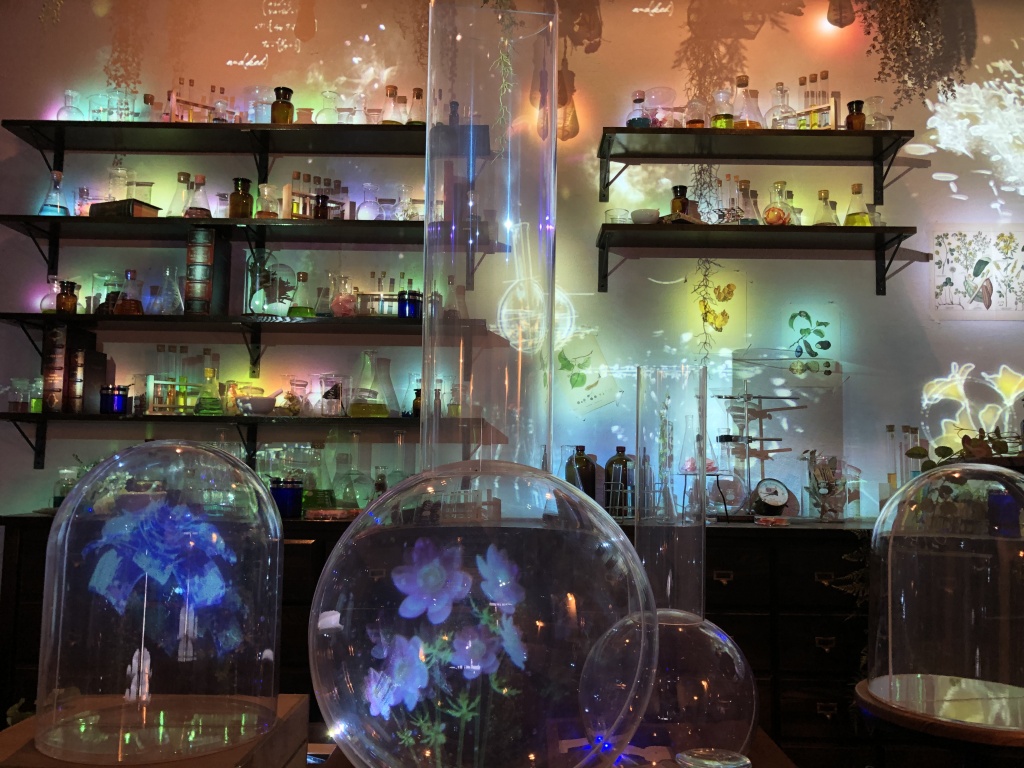


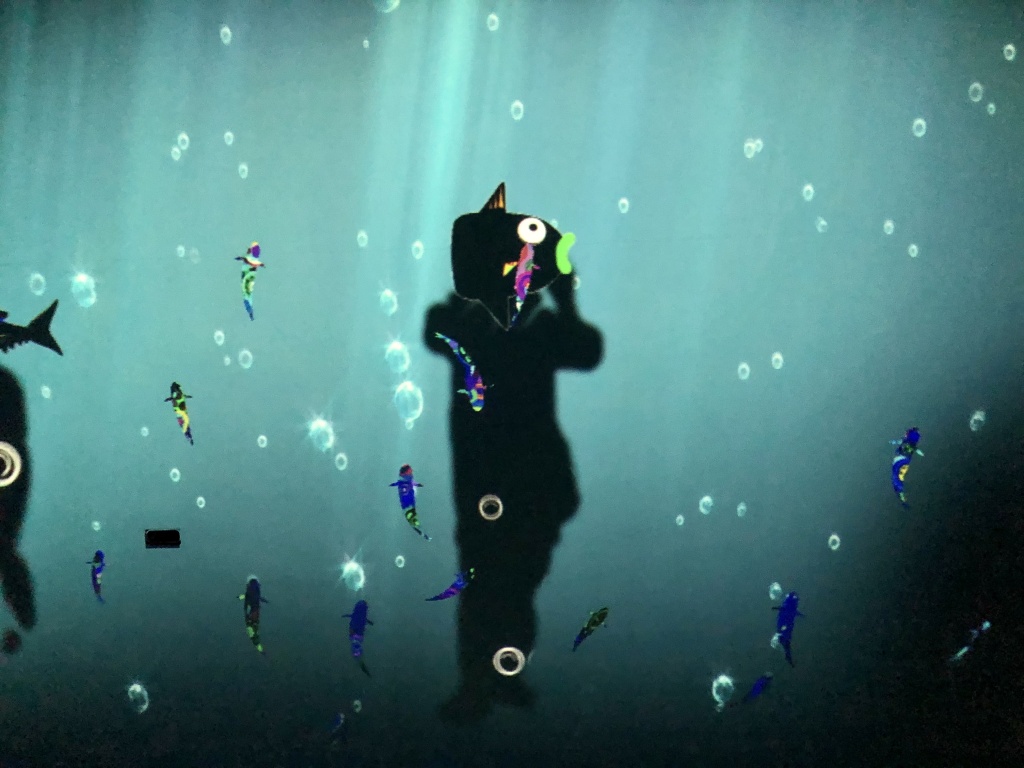
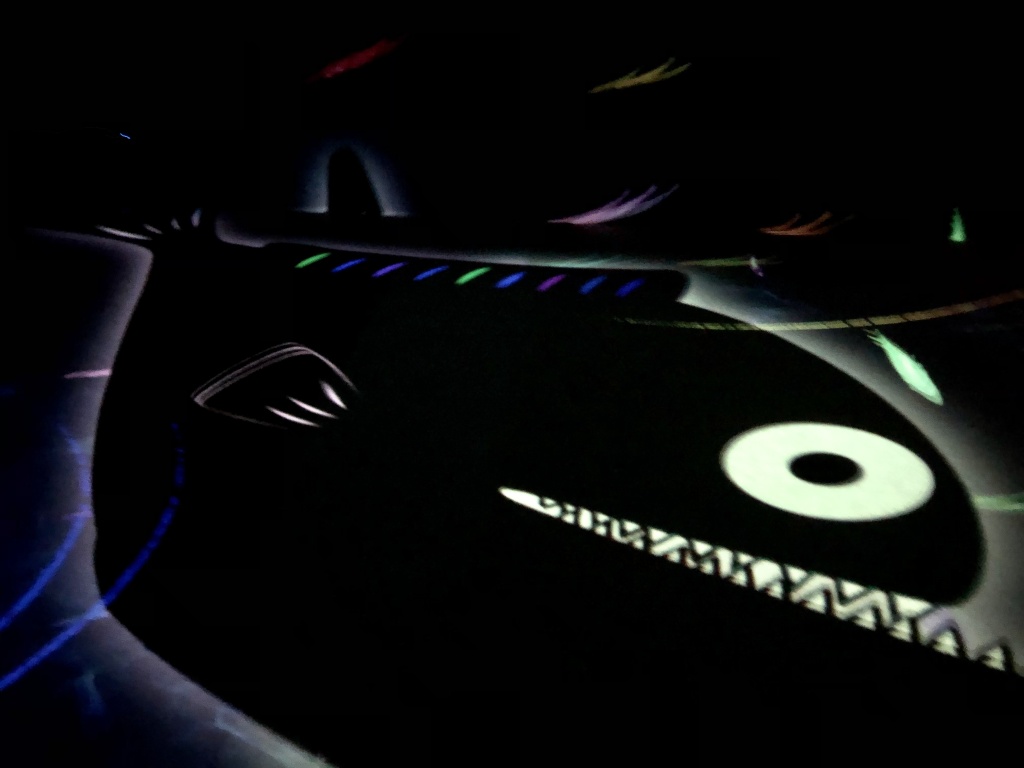
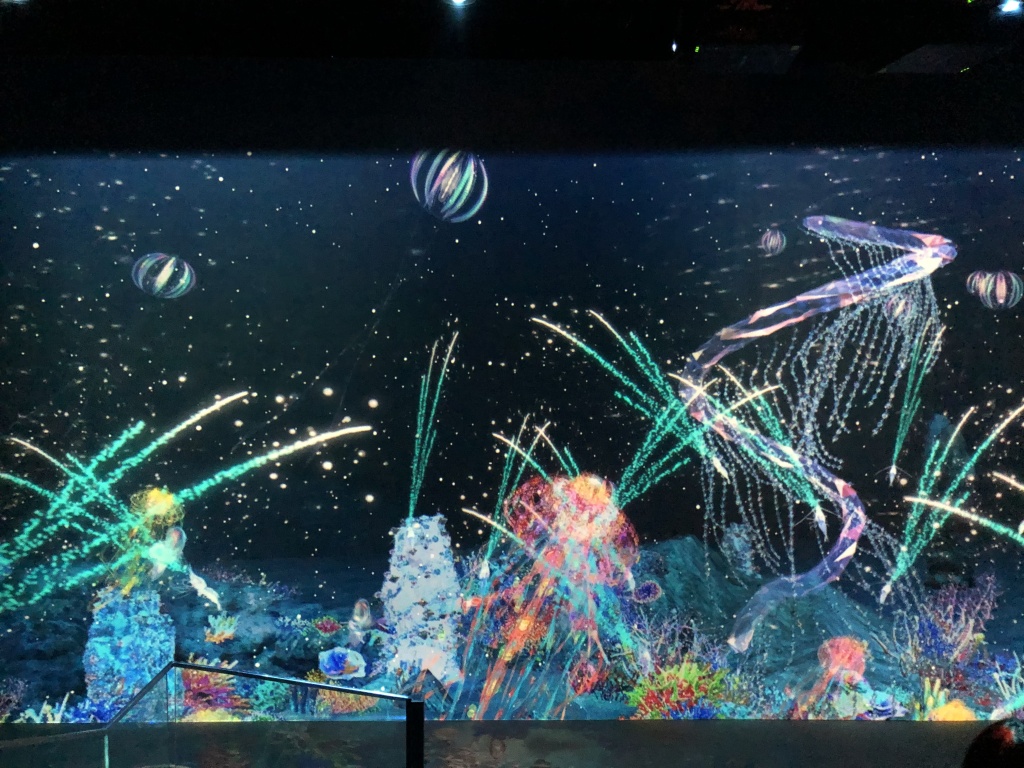
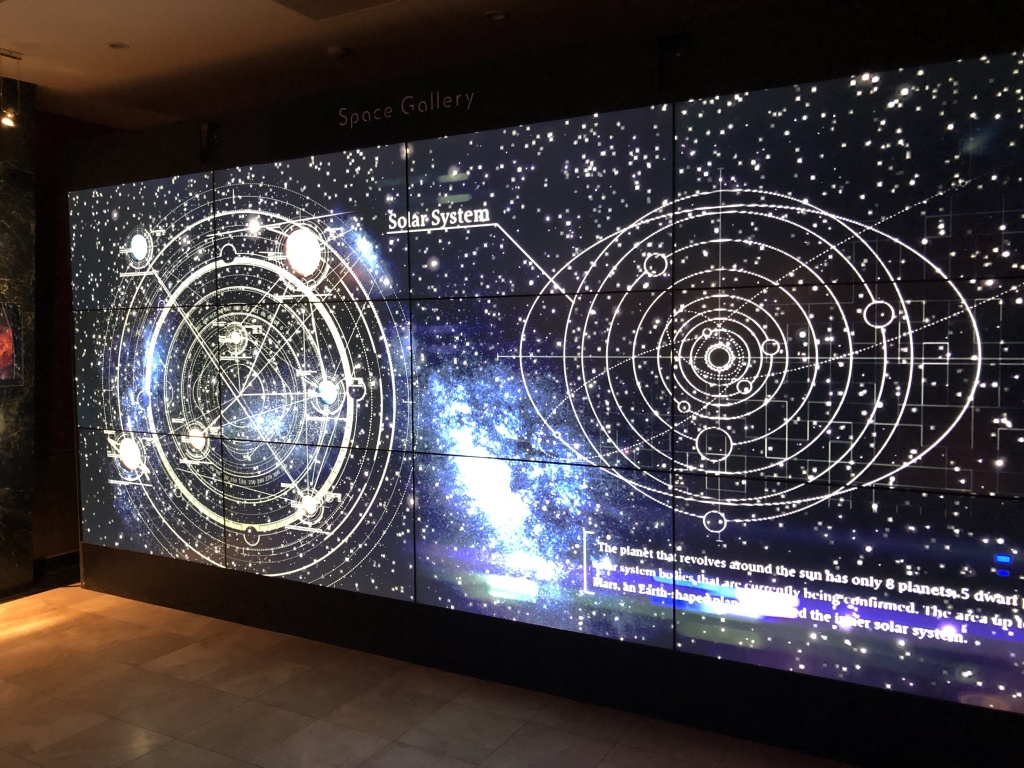
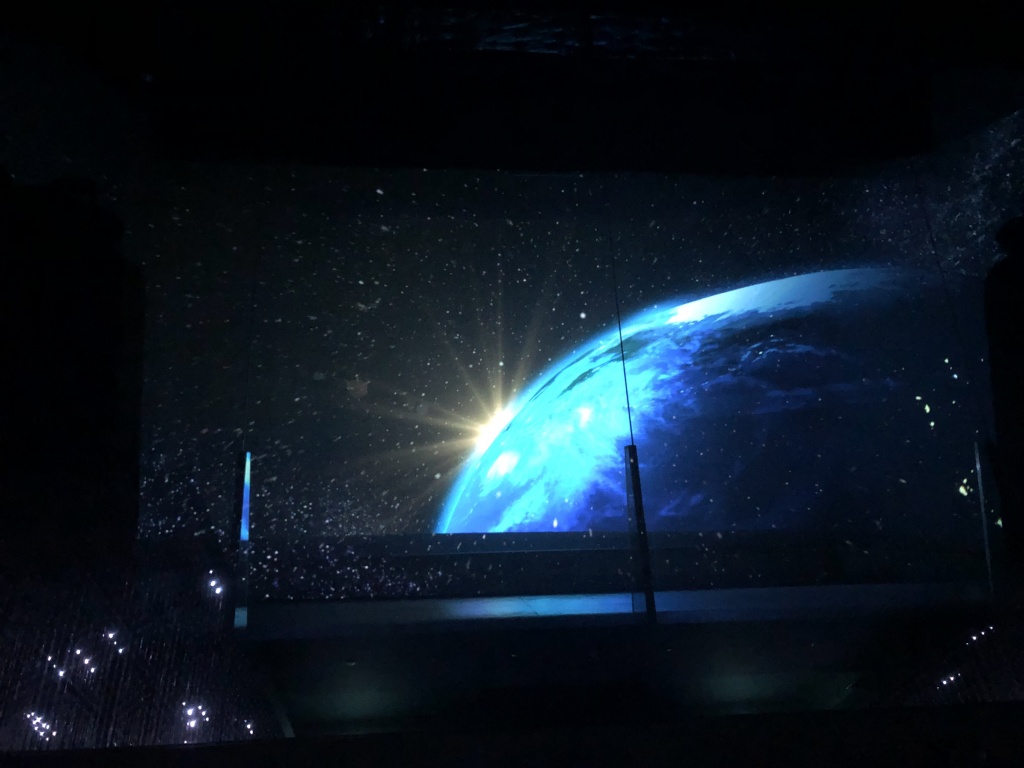
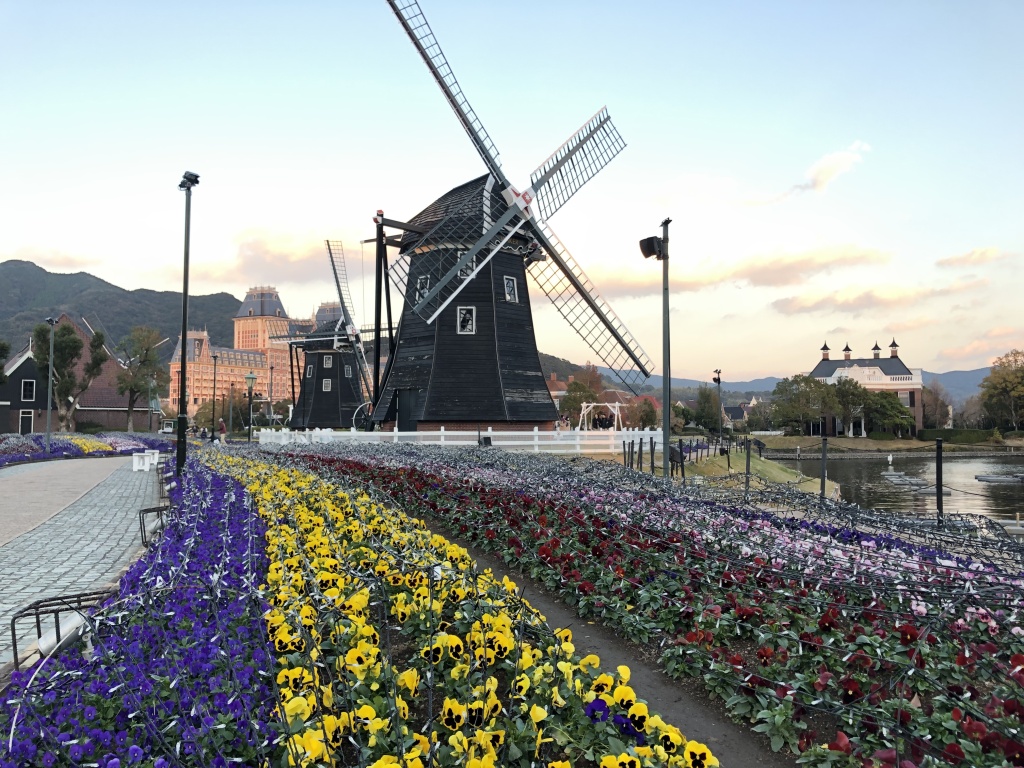
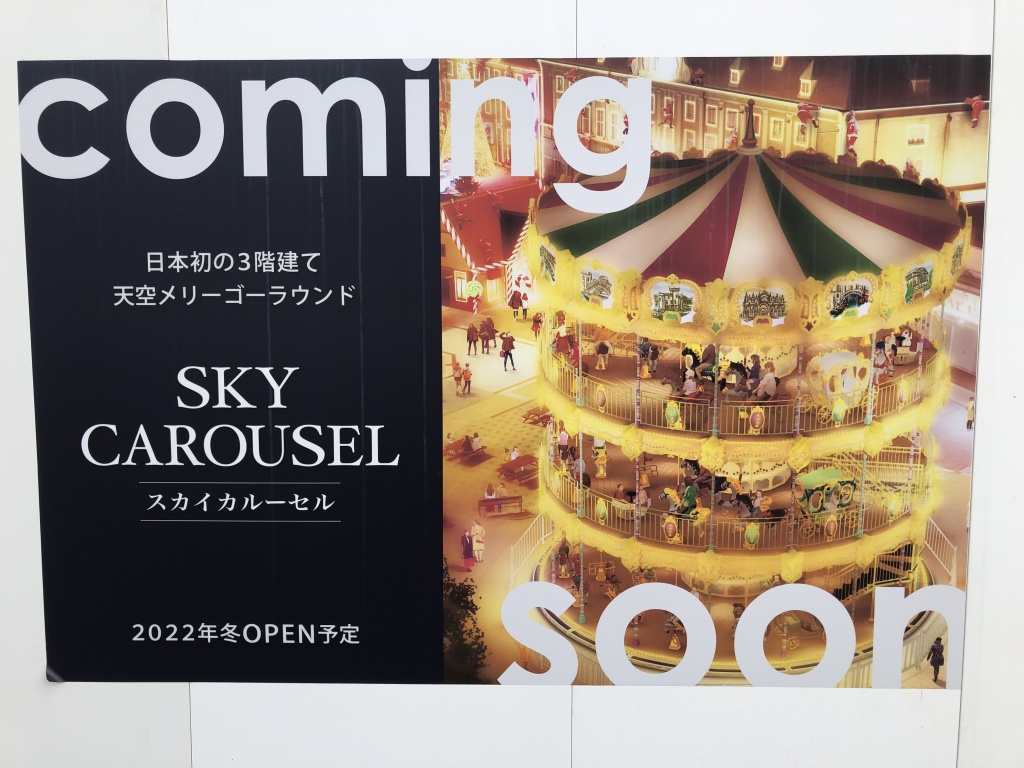
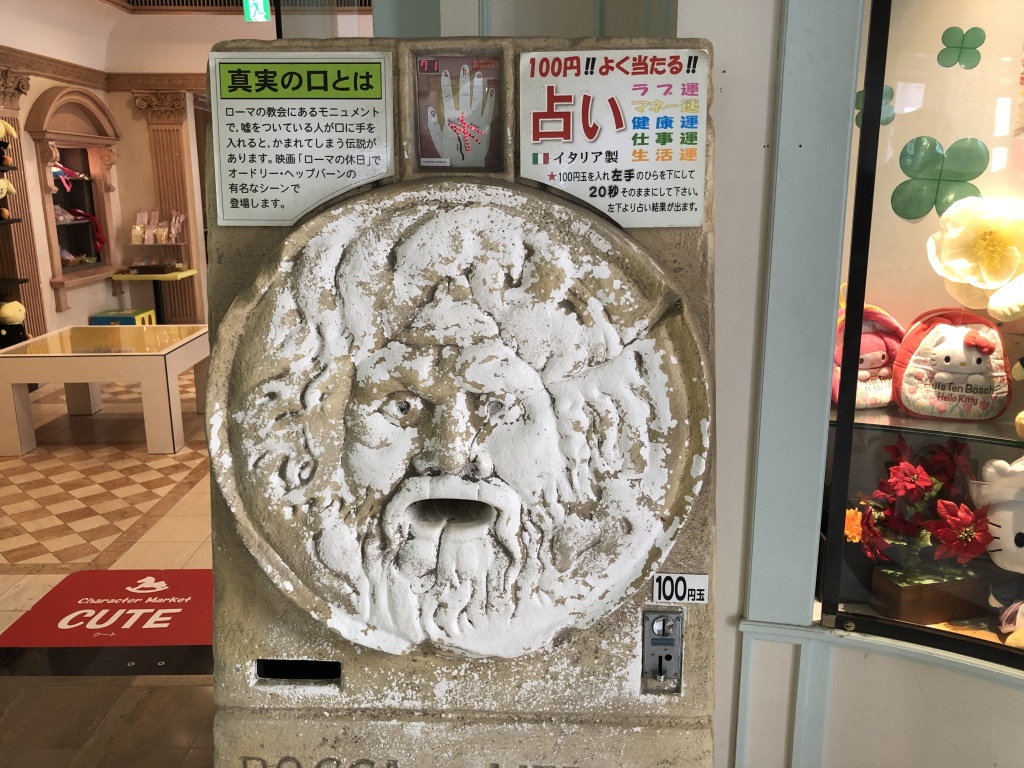
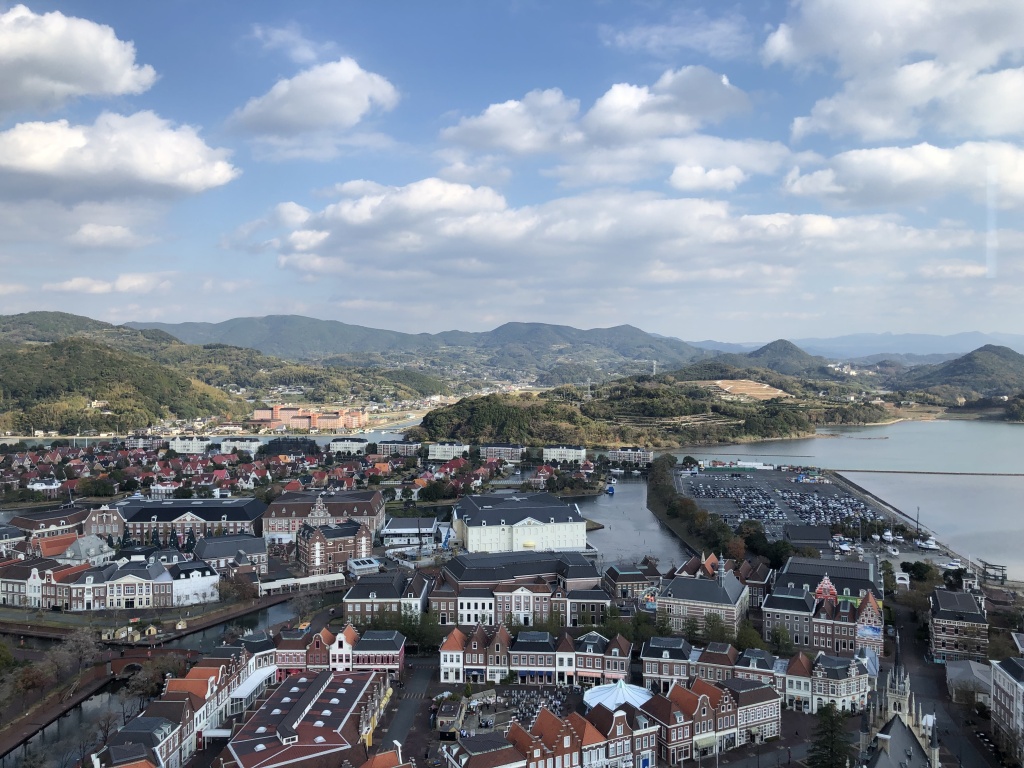

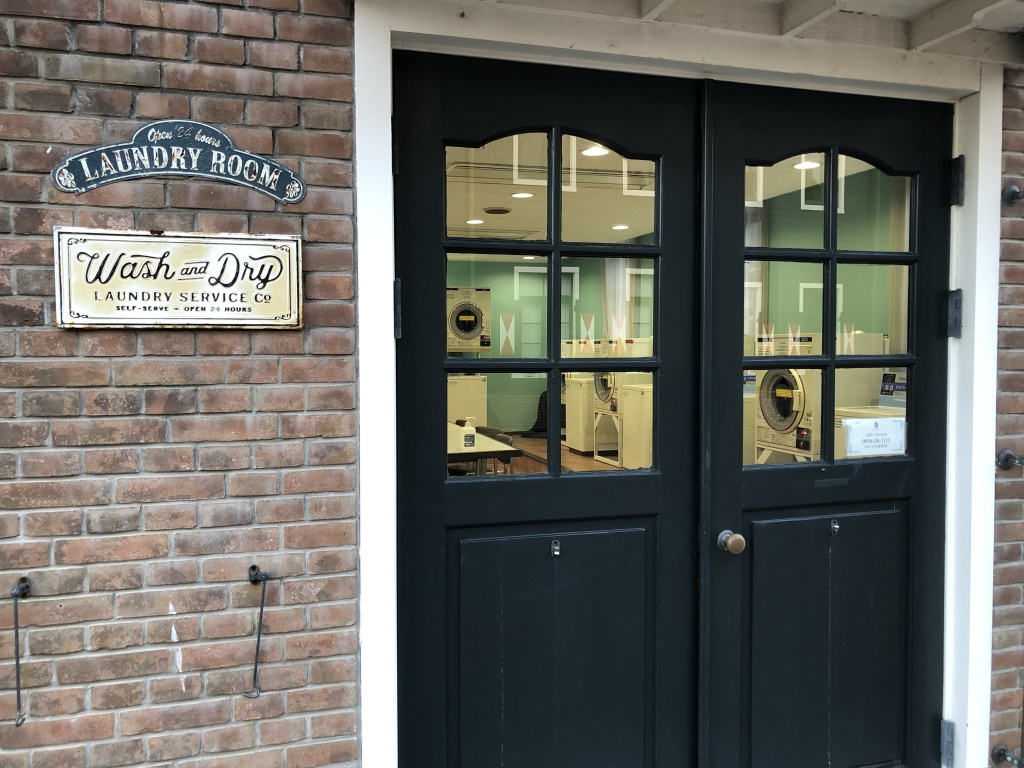
![pil1[1]](https://japanising.com/wp-content/uploads/2015/06/pil11.jpg?w=630)
![pil2[1]](https://japanising.com/wp-content/uploads/2015/06/pil21.jpg?w=630)
![pil10[1]](https://japanising.com/wp-content/uploads/2015/06/pil101.jpg?w=630)
![pil7[1]](https://japanising.com/wp-content/uploads/2015/06/pil71.jpg?w=630)
![pil3[1]](https://japanising.com/wp-content/uploads/2015/06/pil31.jpg?w=630)
![pil5[1]](https://japanising.com/wp-content/uploads/2015/06/pil51.jpg?w=630)
![pil4[1]](https://japanising.com/wp-content/uploads/2015/06/pil41.jpg?w=630)
![disney1[1]](https://japanising.com/wp-content/uploads/2015/12/disney11.jpg?w=630)
![Disney6[1]](https://japanising.com/wp-content/uploads/2015/12/disney61.jpg?w=630)
![Disney2[1]](https://japanising.com/wp-content/uploads/2015/12/disney21.jpg?w=630)
![Disney3[1]](https://japanising.com/wp-content/uploads/2015/12/disney31.jpg?w=630)
![Disney4[1]](https://japanising.com/wp-content/uploads/2015/12/disney41.jpg?w=630)
![Disney5[1]](https://japanising.com/wp-content/uploads/2015/12/disney51.jpg?w=630)
![Disney7[1]](https://japanising.com/wp-content/uploads/2015/12/disney71.jpg?w=630)
![Disney8[1]](https://japanising.com/wp-content/uploads/2015/12/disney81.jpg?w=630)
![Disney9[1]](https://japanising.com/wp-content/uploads/2015/12/disney91.jpg?w=630)
![Disney10[1]](https://japanising.com/wp-content/uploads/2015/12/disney101.jpg?w=630)
![Disney11[1]](https://japanising.com/wp-content/uploads/2015/12/disney111.jpg?w=630)
![splashmountain[1]](https://japanising.com/wp-content/uploads/2015/12/splashmountain1.jpg?w=630)
![Disney13[1]](https://japanising.com/wp-content/uploads/2015/12/disney131.jpg?w=630)
![Disney14[1]](https://japanising.com/wp-content/uploads/2015/12/disney141.jpg?w=630)
![Disney15[1]](https://japanising.com/wp-content/uploads/2015/12/disney151.jpg?w=630)


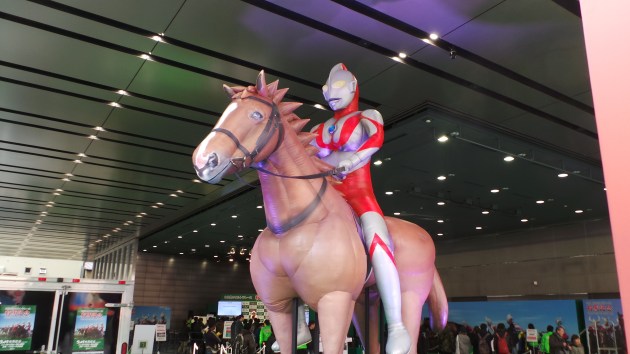
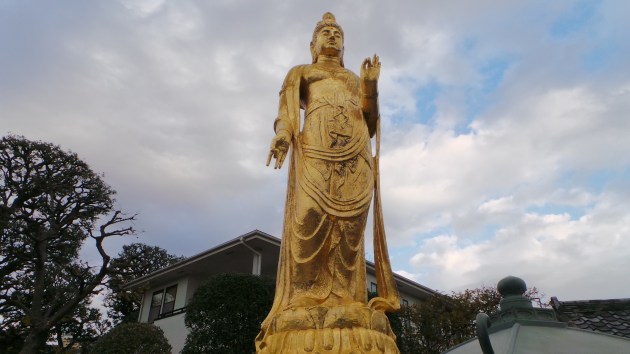
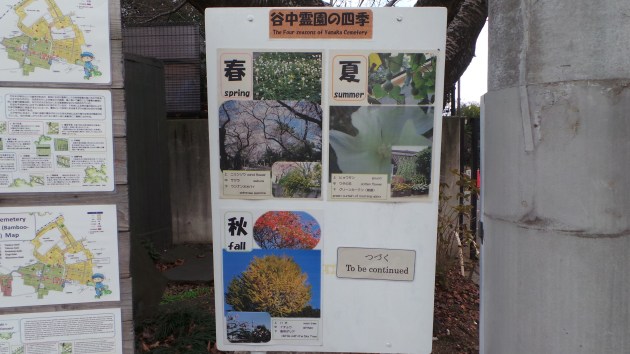
![letsdecorate[1]](https://japanising.com/wp-content/uploads/2014/12/letsdecorate1.jpg?w=630)
You must be logged in to post a comment.